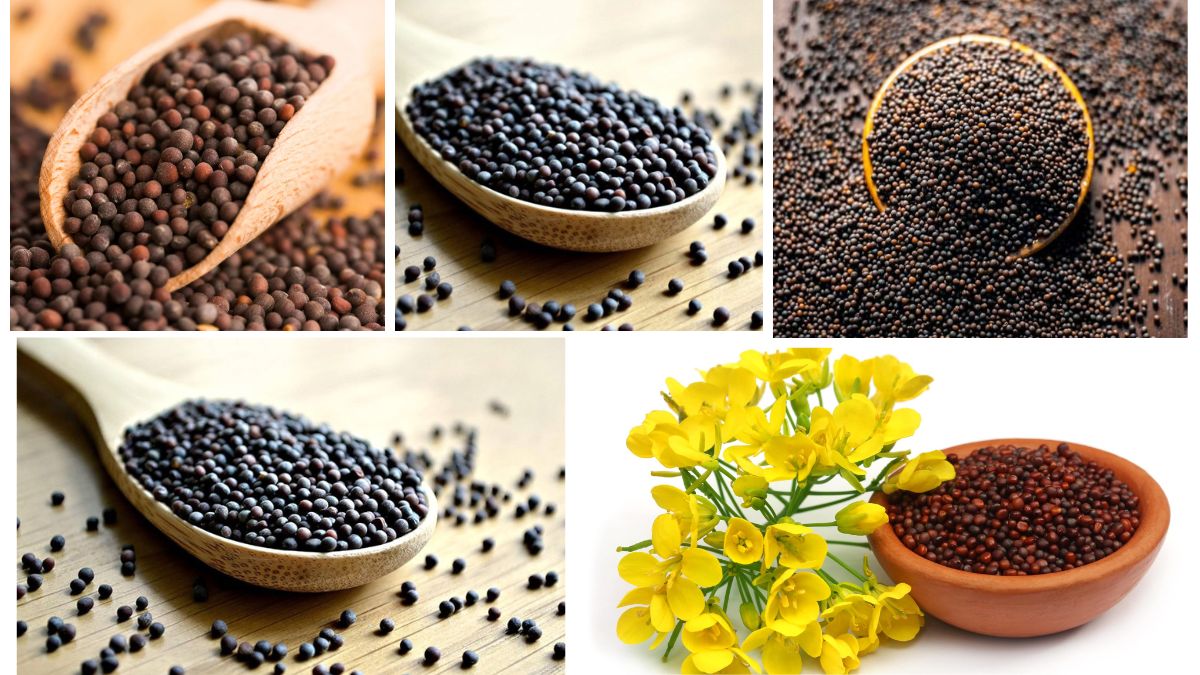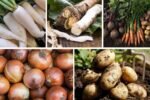Mustard seeds may appear tiny, but they have played a significant role in agriculture, cuisine, medicine, and trade for centuries. As one of the oldest known spices, mustard seeds are indispensable in kitchens around the world and form the foundation of the globally beloved mustard condiment. Behind this tiny seed lies a dynamic global industry, and one country stands out as the undisputed leader in its production. So, which country is the largest mustard seed producer in the world? The answer is India.
India’s dominance in mustard seed production is no coincidence. With vast agricultural land, favorable climate conditions, and a strong cultural connection to mustard oil and spices, the country has not only led in quantity but has also developed a robust mustard economy involving millions of farmers and processors. This article delves deep into India’s leading position, production statistics, regional distribution, economic impact, and how it compares to other countries involved in mustard seed cultivation.
Understanding Mustard Seeds: A Global Commodity

Mustard seeds come from several species of the mustard plant, mainly Brassica juncea (brown/Indian mustard), Brassica nigra (black mustard), and Sinapis alba (white/yellow mustard). These seeds are crushed to make mustard oil or ground into a fine powder for culinary and medicinal purposes.
Globally, mustard seeds are cultivated in regions with cool temperate climates. They require moderate rainfall and fertile, well-drained soil. These seeds are typically grown as rabi (winter) crops in South Asia and as spring crops in parts of Europe and North America.
India: The Global Leader in Mustard Seed Production

Production Volume and Land Use
India is the largest producer of mustard seeds in the world, contributing over 40% of the global output. According to data from the Ministry of Agriculture & Farmers’ Welfare and FAOSTAT, India produces between 8 to 9 million metric tons of mustard seeds annually, grown over an area of approximately 6 to 7 million hectares.
This scale of production far exceeds other major producers like Canada, China, Pakistan, and Nepal. The country has made significant progress in mustard seed cultivation due to improved seed varieties, better farming techniques, and governmental support through schemes such as the National Mission on Oilseeds and Oil Palm (NMOOP).
Major Mustard Producing States in India

India’s mustard production is concentrated primarily in northern and western states, where the climate and soil are ideal for its cultivation.
- Rajasthan – The largest producer, contributing nearly 45-50% of the national output. The state’s dry climate and sandy loam soils are highly conducive to mustard cultivation.
- Haryana – Known for its organized agriculture, it contributes significantly with high yields.
- Madhya Pradesh – Plays a vital role in central India’s production landscape.
- Uttar Pradesh – Especially the western region, where mustard is a key winter crop.
- Punjab, Gujarat, and West Bengal – Also contribute to the national supply, though to a lesser extent.
Mustard in Indian Cuisine and Culture
In India, mustard is not just a spice; it’s a staple. Mustard seeds and mustard oil are integral to Indian cooking, particularly in Bengali, Rajasthani, and Punjabi cuisines. Mustard oil, extracted from seeds, is used for cooking, pickling, and as a massage oil in Ayurvedic practices. The seeds are also used for tempering dishes, making pickles, and creating spice blends like panch phoron.
The cultural and economic value of mustard in India ensures high domestic consumption, which helps stabilize prices and provides income security to millions of small-scale farmers.
Comparing India to Other Mustard Seed Producers

While India is the global leader, other countries also contribute significantly to mustard seed production, particularly for exports and processed mustard products.
1. Canada
Canada is the second-largest producer, with an annual output of around 150,000 to 250,000 metric tons. Canadian mustard is primarily grown in Saskatchewan, and the country is one of the largest exporters of yellow and brown mustard seeds, especially to the U.S. and Europe.
2. Nepal
Nepal, despite its small size, has a robust mustard sector. It produces over 150,000 metric tons annually, much of which is used for mustard oil. The crop is vital for rural livelihoods.
3. China
China cultivates mustard both for seed and leaf purposes. Though it has large-scale agriculture, its mustard seed production is lower than India’s and is mostly used domestically.
4. Ukraine and Russia
These countries have also increased mustard cultivation in recent years. However, due to colder climates and geopolitical issues, production and trade vary widely.
The Economic Impact of Mustard Cultivation in India

Employment and Livelihood
Mustard farming supports the livelihood of over 3 million Indian farmers. From sowing and harvesting to seed processing and oil extraction, it creates jobs across the value chain.
Processing Industry
India has a large mustard oil extraction industry, which processes nearly 60-70% of the harvested seeds domestically. Mustard oil is a multi-billion-rupee industry and holds a significant share in India’s edible oil market.
Export Potential
Although most of India’s mustard seed is consumed domestically, there is growing export potential. India exports mustard seeds, oil, and powder to countries in the Middle East, Southeast Asia, and Africa.
Challenges and Future Outlook
Despite being the global leader, Indian mustard producers face several challenges:
- Climate Change – Unpredictable rainfall and temperature fluctuations impact yields.
- Pest and Disease Control – Mustard crops are susceptible to diseases like white rust and pests like aphids.
- Market Volatility – Farmers often face uncertain prices, which can affect profitability.
To address these, the Indian government and agricultural institutions are promoting:
- Development of high-yielding and disease-resistant varieties
- Expansion of irrigation facilities
- Implementation of minimum support prices (MSPs)
- Encouragement of organic mustard cultivation for high-value markets
Looking forward, India’s mustard production is poised to grow further due to rising demand for mustard oil, health trends favoring cold-pressed oils, and the versatility of mustard seeds in food and industry.
Conclusion
India holds a commanding position as the largest mustard seed producer in the world, both in terms of quantity and cultural integration. With nearly half the global output originating from its fields, mustard has become more than just a crop — it’s a livelihood, a tradition, and an essential part of the Indian culinary experience.
While other nations like Canada and China also play important roles, India’s unique blend of favorable geography, government support, and domestic demand places it at the top of the global mustard seed hierarchy. As the world becomes more health-conscious and turns toward traditional, natural products like mustard oil, India’s role as the mustard capital of the world is likely to only strengthen in the years ahead.





